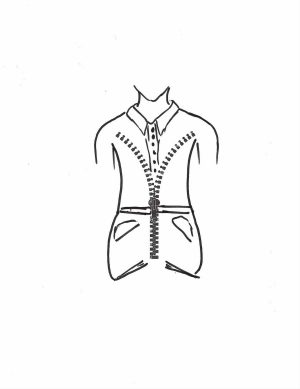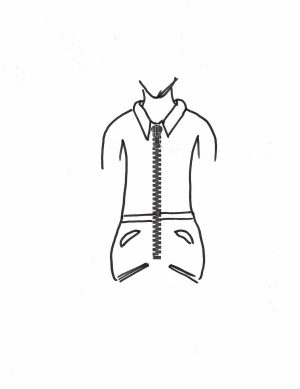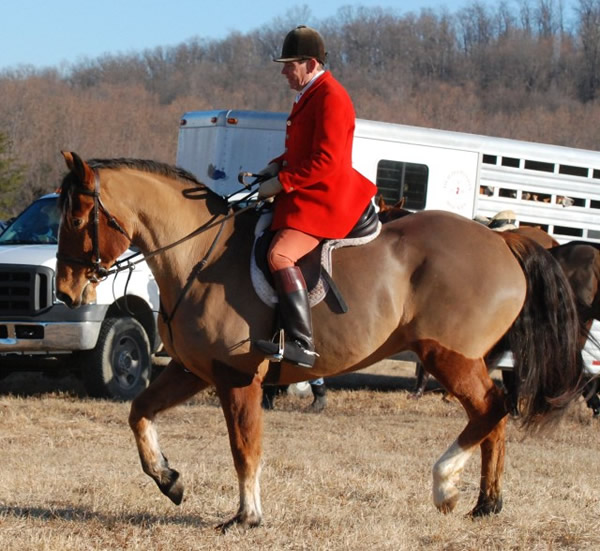
Do you fall forward when asking your horse for upward transitions? Do you feel floppy on down transitions? Does your instructor tell you to “sit up straight” but you can’t seem to hold the position? Here’s an image that can help you to overcome these common riding problems.
The next time you ride, practice some transitions between walk and trot or between trot and canter. Do you tip forward as you ask for the up or down transitions? Do you move your arms forward to give your horse a “release”? Does your horse raise his head and hollow his back? Do you try to compensate by hollowing your lower back to try and sit up?
Many riders are unaware of how much they shift forward when riding transitions. The most common cause I observe is that the rider wants to offer her horse a release of the reins to encourage him to move forward. Unconsciously she is also moving her body forward following her hands without even realizing that she is doing this! Unfortunately this puts her weight on the horse’s forehand, causing him to hollow his back and raise his head. If you must give your horse a release to walk forward, it is important that your body does not follow your hands!

Keeping your body upright and stable so that your weight isn’t shifting forward during down transitions is also important. A sudden collapse of your upper body can cause your horse to stumble or trip. Maintaining your upright balance in the saddle helps your horse because you remain stable. He can then respond to your request without being surprised by an unexpected weight shift. The following image will help you keep from falling forward and remain upright with ease.
Imagine that you have a very wide strong zipper beginning at your pubic bone (the place where the two halves of your pelvis meet in the front). I like the image of the zipper on a scuba diving suit. It is metal, wide and strong. Think of grasping the pull tab and slowly but firmly pulling upward to close the zipper. As you pull, notice if there are places where this feeling is not clear in your imagination. If so, spend a little time there opening and closing the zipper until you can easily see the slider going past this point.

Continue closing the zipper all the way to the top, which ends at the sternoclavicular notch, the place where your collarbones meet your sternum. You can feel a little groove there where the three join together. Notice that you feel taller as you pull the zipper all the way to the top. You may feel your back and neck also lengthen. Practice this image while off your horse until you can “pull your zipper” without creating tension in your hips or shoulders or holding your breath.
When mounted at the walk slowly begin to pull your zipper, watching for any changes in your horse. You may be surprised how clearly he hears you! Some horses sense this as a half-halt. When you are ready, begin to ride transitions making sure to pull your zipper before each up and down transition. You may find that you don’t need to pull it all the way to the top to keep from falling forward because your horse has become more sensitive to your aids.
Use this Murdoch Minute to improve your transitions. Remember to pull the zipper just enough to keep your balance. And always remember to enjoy the ride!
Copyright© 2015. All rights reserved.




